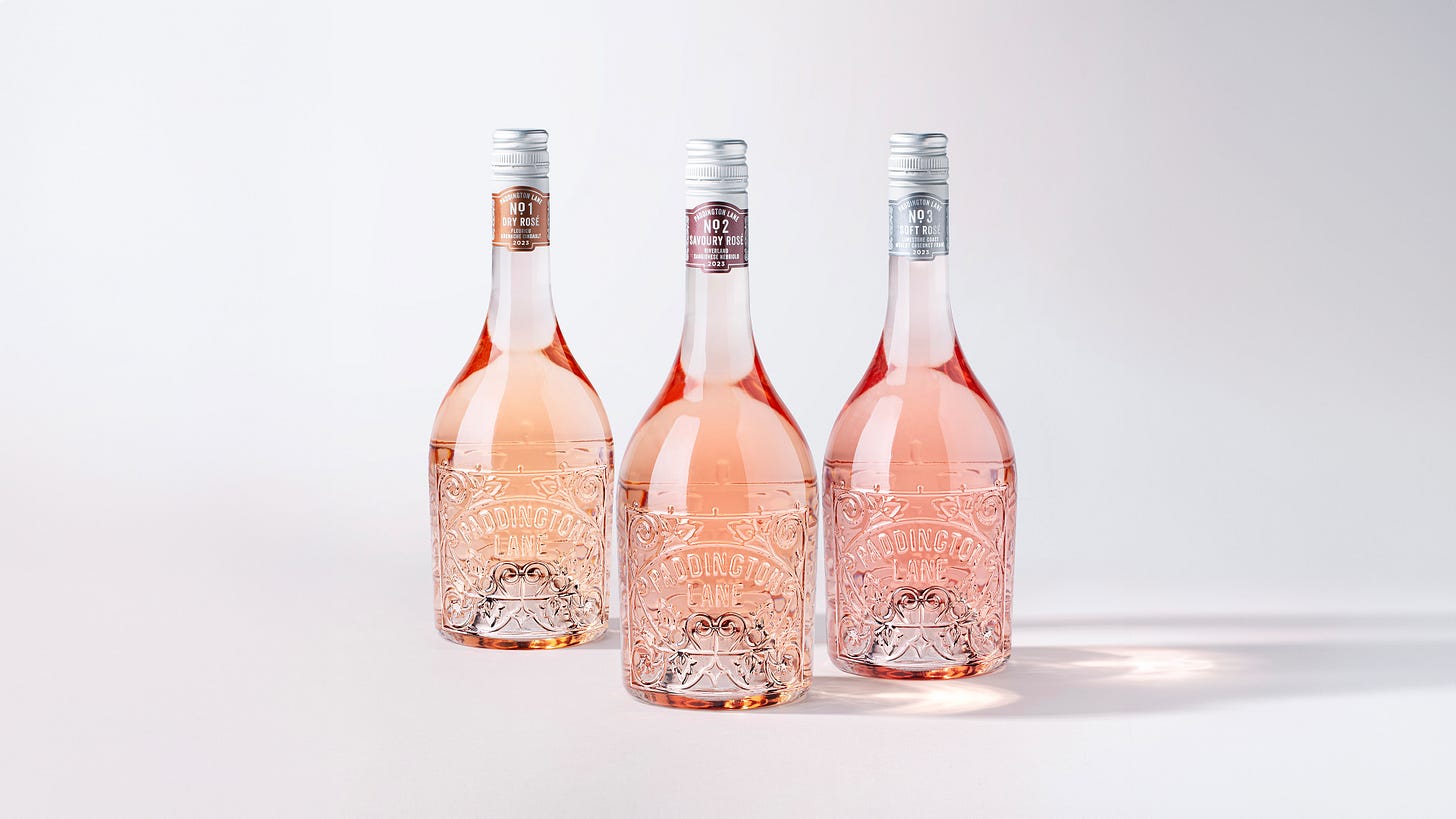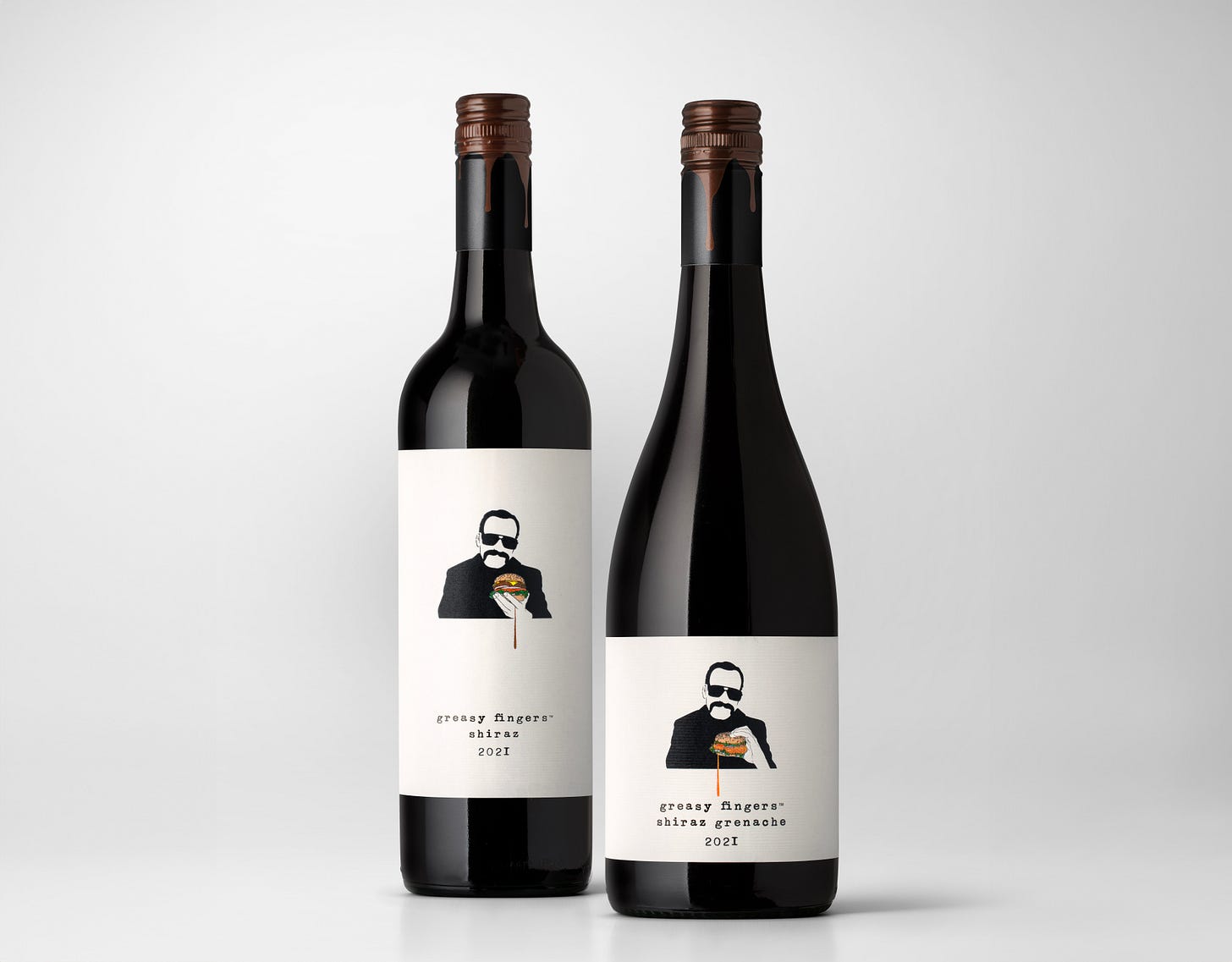How Great Design Can Increase Sales With Rowena Curlewis
Insights from the woman who created the labels for Dolly Parton's new wine venture!
Rowena Curlewis is behind some of the most iconic designs in the drinks space — not only has she worked on brands like Penfolds and 19 Crimes, but she recently created the labels for Dolly Wines, the first wines released by legend Dolly Parton.
Rowena is the co-founder of Denomination, a brand design agency headquartered in Sydney, with offices in San Francisco and London.
Rowena Curlewis, Denomination
Here are 5 of her insights:
1. The goal is to get people to handle the product
The design should be so arresting, that people will pick it up to get a closer look.
“Once you’ve picked up the bottle, the likelihood of you buying the bottle is increased significantly,” says Rowena.
Once someone has handled the bottle, they’re more likely to remember it. “When you see it again, you automatically get this feeling of trust, because you’ve seen it before and it feels familiar.”
2. Get the brief right
Great design comes from a great brief; the brief (a concise summary of the key objectives and guidelines) is the most essential part of any design.
But describing your brand can be as difficult as trying to write your bio — few of us are good at describing ourselves. That’s why a good design agency expends a lot of energy in the discovery process.
“We will ask so many questions of the clients to get at some of the nuggets,” says Rowena. “Often the information you gather during that briefing process really sparks the creative ideas that end up forming the brand.”
3. Don’t forget the capsule
Many bottles are destined to end up submerged in ice buckets or sitting in wells, with only the top poking out.
“I think lots of designers forget the role that the capsule can play,” says Rowena.
Make the capsule look striking and memorable, so it’s the first bottle someone will reach for.
4. Naming is key for the on-trade
“You’ve only got a short space on a wine list and you need to communicate quite a lot,” says Rowena. “You need to work out: what is it my brand needs to do compared to the other brands on that wine list? Does it need to spark engagement, or interest, or project the credentials?”
She adds that consumers get anxious when they can’t pronounce a name and “often they’ll skip it because they don’t want to be embarrassed.”
So create a name’s that short, easy to pronounce and meaningful.
5. Too much originality can backfire
It might be tempting to stand out by putting wine into a vodka bottle, but Rowena says it can be a mistake.
When it comes to successful branding, she says, the packaging has to match the contents. If a wine bottle looks like a spirits bottle, or vice versa, “they just make everything within the bottle so disruptive that it reduces the level of credibility or authenticity.”
Fast Takes
London is a great place to find top designers.
Every region has its own “quintessential design cues” and using them will project credibility.
Sustainability is understood in much the same way globally.
There’s an easy way to tell whether the packaging is working, according to Rowena — the sales results.
Luxury and fashion collaborations are bigger than ever.
There’s an anti-”better-for-you” wine trend emerging.
The cost of goods isn’t going down any time soon.
This wine is not advertising itself as “better for you”.
The Big Idea
“Storytelling is a way to create an emotional connection with a consumer. Once you create that emotional connection, all sorts of other wonderful things happen in your brain in terms of recall and memorability and attachment to a brand. I think storytelling can take your brand down a path where consumers can fall in love with it.”
Rowena Curlewis, Denomination
There’s lots more in the episode, which you can find here. Don’t forget to leave five stars!






